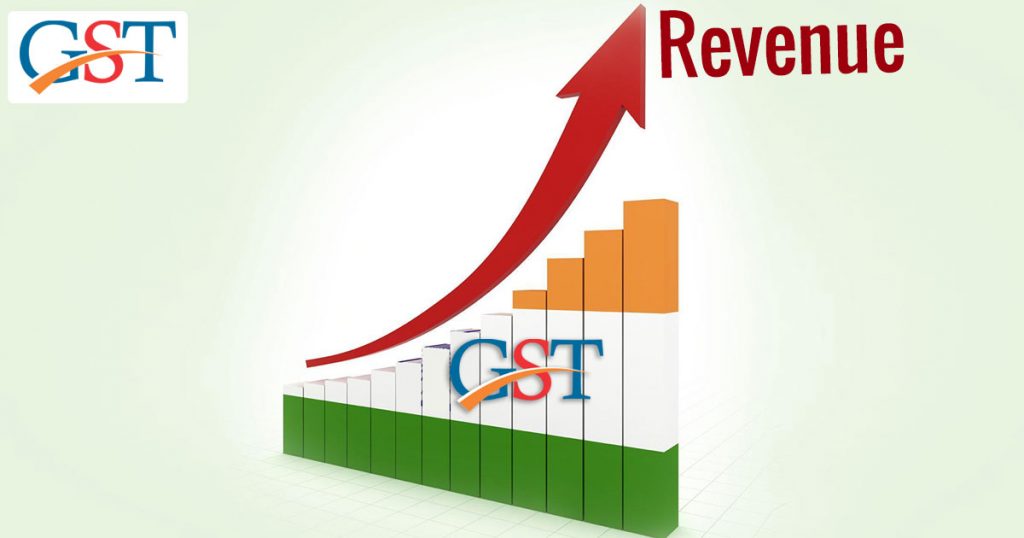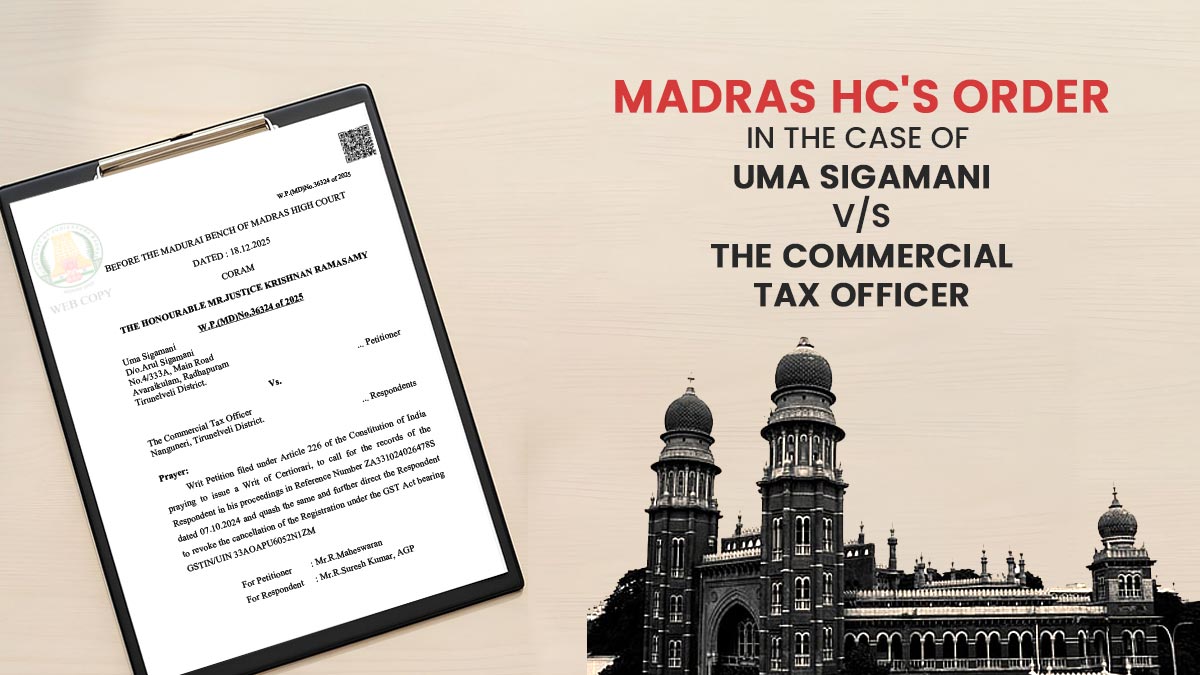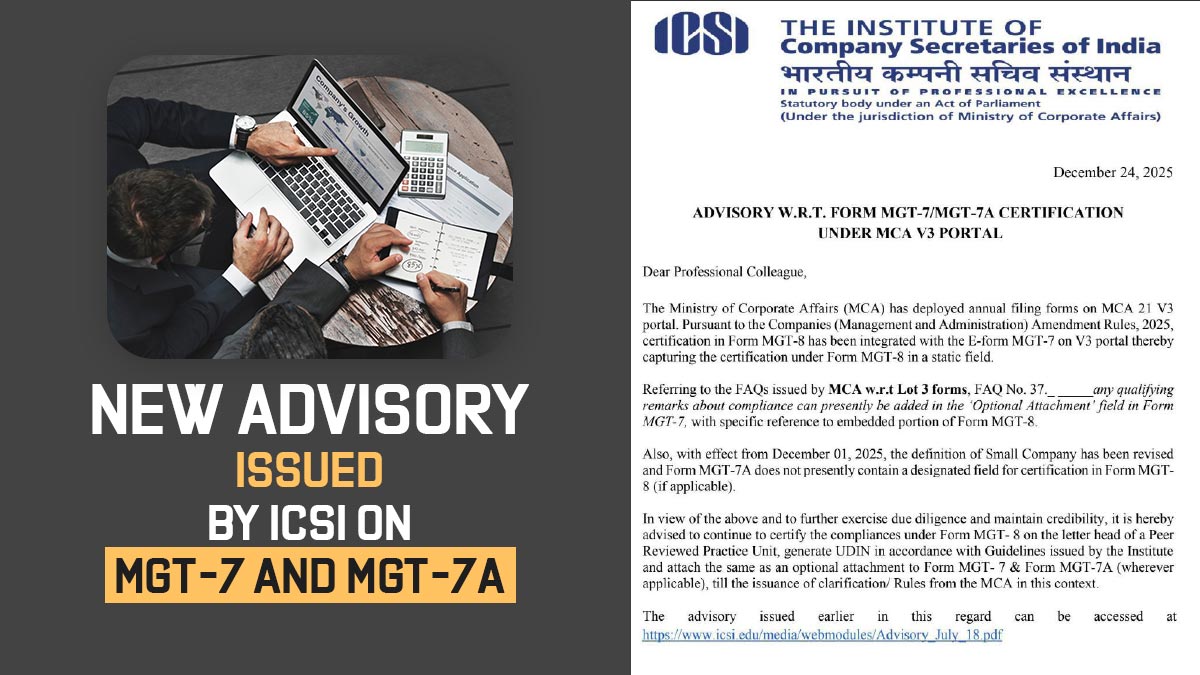
The GST (Goods and Services Tax) collection of April has been record-breaking as more than INR 1 trillion has been collected and this is the third time it is happening that too in four months. The collection has been increased by 10 per cent as compared to the last year.
The finance ministry said that in April, there was a Gross collection of INR 1.13 trillion. This was unexpected because, in December, the government rationalised the rates but still, there were reports that the collection will be higher.
Who Contributed How Much GST?
- The Central Goods and Services Tax (CGST) contributed to INR 21,163 crore
- The State Goods and Services Tax (SGST) contributed to INR 28,801 crore
- The Integrated Goods and Services Tax (IGST) contributed INR 54,733 crore and import amount if INR 23,289 is also included in it
- The cess contributed INR 9,168 crore which also includes INR 1,053 crore on import
After settling the IGST and the balance IGST in the ratio of 50:50 between the Centre and states on the basis of provision, the CGST collected INR 47,533 crore and SGST collected INR 50,776 crore. For FY 2019-20, the target of the CGST on the Union Budget is INR 6.1 trillion.
Pratik Jain, partner at consultancy PwC India “The April collection indicates the tax base is increasing gradually, with GST getting stabilised with measures such as e-way bills and effective data mining. Perhaps one reason for this increase was also a push from businesses to their vendors for reporting sales of 2017-18, for which the last date of claiming credit coincides with GST filings for the month of March”.
Mr. Jain thought that the monthly collection will continuously collect more than INR 1 trillion.
Tax evasion can be difficult due to a formal understanding of the GST network (GSTN, Levy’s information technology spine) and allowing the exchange of data to the IT Department.
7.2 million GSTR-3B or summary returns were filed in March till 30th April.
M S Mani, partner at consulting Deloitte India, said that if such collection continues then the 2019-20 target could be easily achieved without altering the other measures. He also said, “An increase of over 16 per cent on the annual average does indicate GST revenues have now stabilised”.
A meeting was held in December 2018, in which the GST Council deducted the GST on 23 goods and services which includes TV and monitor screens, power banks, and the frozen and preserved vegetables were exempted from the tax.
In July 2018, the government cut down the tax from 28 per cent to 18 per cent on refrigerators, small screen TVs, and washing machines. While in November, the government reduced the tax in 178 items to 18 per cent from 28 per cent which includes shampoos, detergents, and beauty products.
Vishal Raheja, deputy general manager, Taxmann said “The increase in GST collection, despite rate rationalisation, is a welcome upshot for Indian economy. The major reason could be the reconciliation of returns and ledgers at the end of the financial year 2018-19”. He also said that the other reason might be the computation of tax liability which occurred due to the filing of the annual returns (GSTR 9, GSTR 9A) for FY 2017-18 and for it the last date to file was the end-June 2019.









